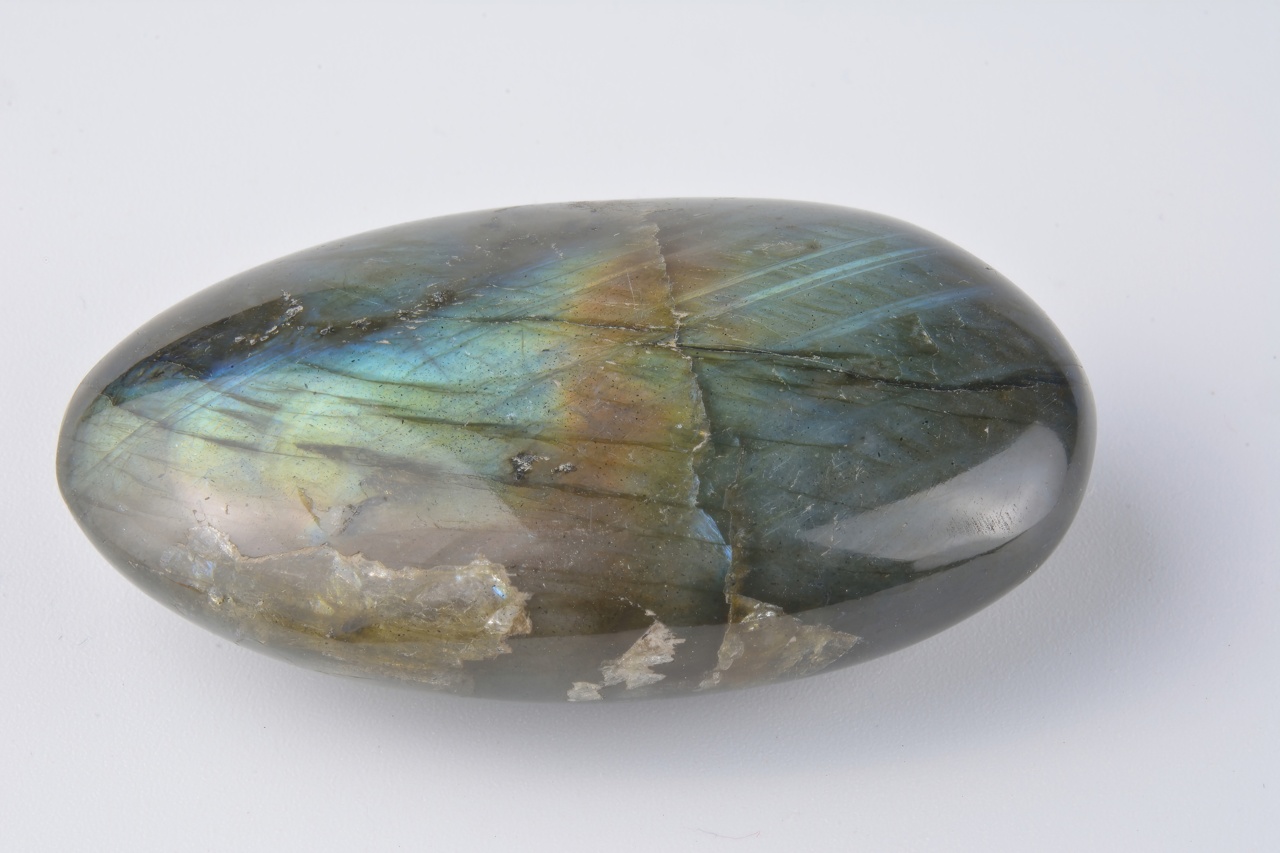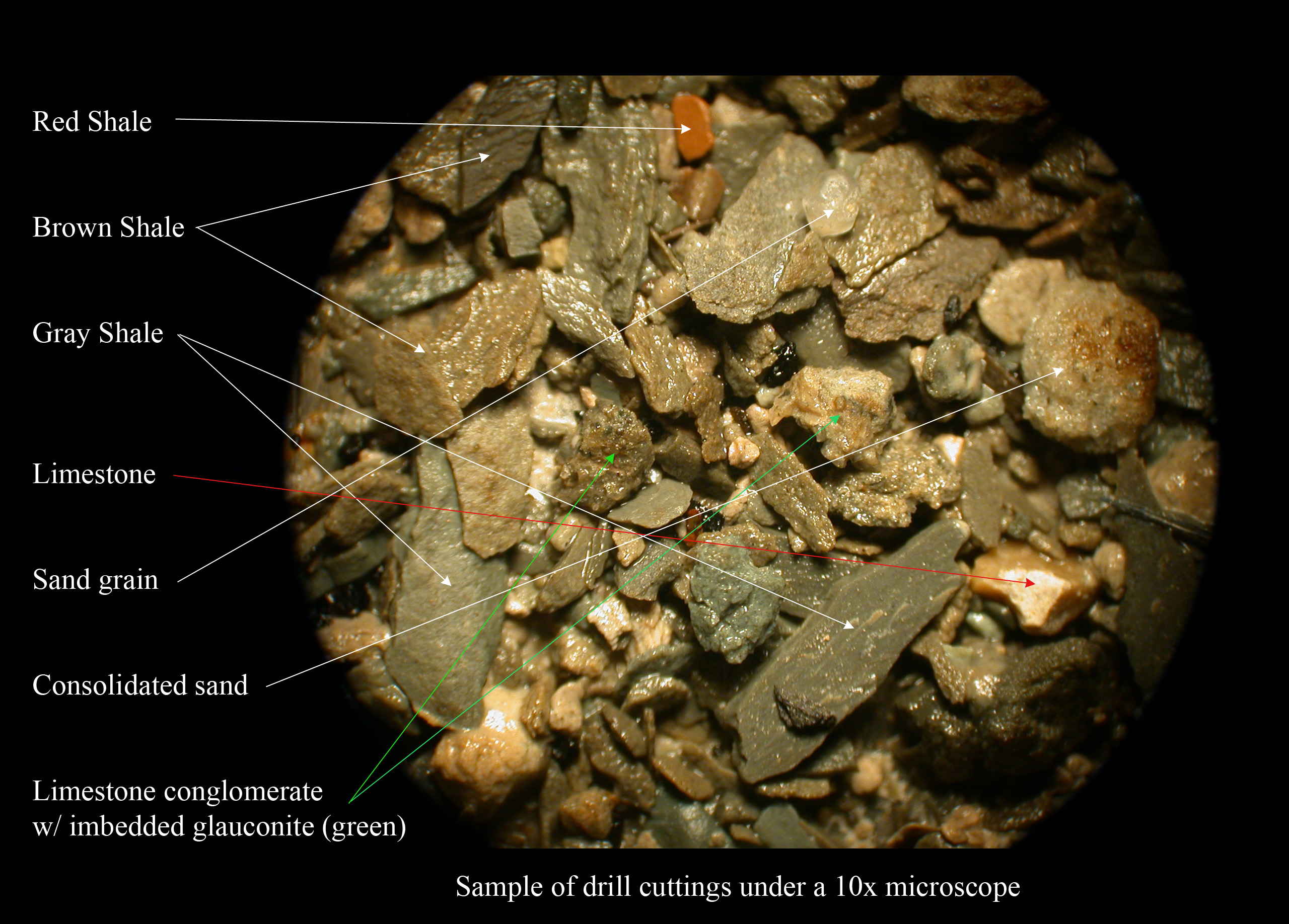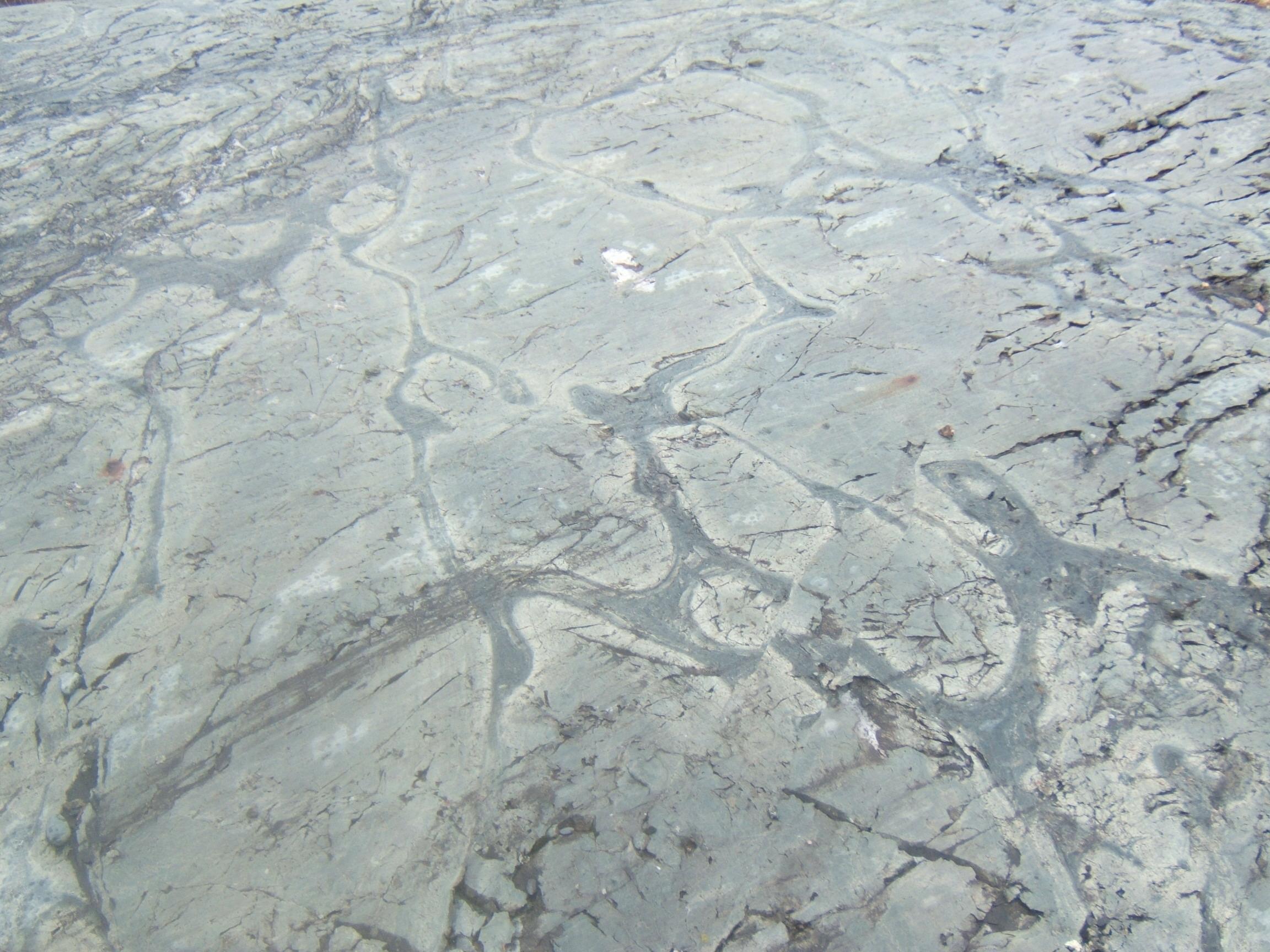|
Rodges Run (Delaware River)
Rodges Run is a tributary of the Delaware River in Durham Township, Bucks County, Pennsylvania in the United States. Statistics Rodges run was entered into the Geographic Names Information System by the U.S. Geological Survey on 30 August 1990 as identification number 1212006. It has a length of ; its headwaters rises at an elevation of and meets its confluence at the Delaware River's 173.1 River Mile at an elevation of for a total elevation drop of which give Rodges Run a slope of 202.27 feet per mile (19.8 meters per kilometer). Course Rodges Run rises near the center of Durham Township east of Lehnenberg, and runs generally east northeast, then skirts south and east around an elevation before it drains into the Pennsylvania Canal (Delaware Division).MacReynolds, George, ''Place Names in Bucks County, Pennsylvania'', Doylestown, Bucks County Historical Society, Doylestown, PA, 1942, P340. Geology Rodges Run rises in a bed of Hornblende Gneiss laid down during the Precamb ... [...More Info...] [...Related Items...] OR: [Wikipedia] [Google] [Baidu] |
United States
The United States of America (U.S.A. or USA), commonly known as the United States (U.S. or US) or America, is a country primarily located in North America. It consists of 50 U.S. state, states, a Washington, D.C., federal district, five major unincorporated territories, nine United States Minor Outlying Islands, Minor Outlying Islands, and 326 Indian reservations. The United States is also in Compact of Free Association, free association with three Oceania, Pacific Island Sovereign state, sovereign states: the Federated States of Micronesia, the Marshall Islands, and the Palau, Republic of Palau. It is the world's List of countries and dependencies by area, third-largest country by both land and total area. It shares land borders Canada–United States border, with Canada to its north and Mexico–United States border, with Mexico to its south and has maritime borders with the Bahamas, Cuba, Russia, and other nations. With a population of over 333 million, it is the List of ... [...More Info...] [...Related Items...] OR: [Wikipedia] [Google] [Baidu] |
Labradorite
Labradorite (( Ca, Na)( Al, Si)4 O8) is a calcium-enriched feldspar mineral first identified in Labrador, Canada, which can display an iridescent effect (schiller). Labradorite is an intermediate to calcic member of the plagioclase series. It has an anorthite percentage (%An) of between 50 and 70. The specific gravity ranges from 2.68 to 2.72. The streak is white, like most silicates. The refractive index ranges from 1.559 to 1.573 and twinning is common. As with all plagioclase members, the crystal system is triclinic, and three directions of cleavage are present, two of which are nearly at right angles and are more obvious, being of good to perfect quality (while the third direction is poor). It occurs as clear, white to gray, blocky to lath shaped grains in common mafic igneous rocks such as basalt and gabbro, as well as in anorthosites. Occurrence The geological type area for labradorite is Paul's Island near the town of Nain in Labrador, Canada. It has also been r ... [...More Info...] [...Related Items...] OR: [Wikipedia] [Google] [Baidu] |
Rivers Of Bucks County, Pennsylvania
A river is a natural flowing watercourse, usually freshwater, flowing towards an ocean, sea, lake or another river. In some cases, a river flows into the ground and becomes dry at the end of its course without reaching another body of water. Small rivers can be referred to using names such as creek, brook, rivulet, and rill. There are no official definitions for the generic term river as applied to geographic features, although in some countries or communities a stream is defined by its size. Many names for small rivers are specific to geographic location; examples are "run" in some parts of the United States, "burn" in Scotland and northeast England, and "beck" in northern England. Sometimes a river is defined as being larger than a creek, but not always: the language is vague. Rivers are part of the water cycle. Water generally collects in a river from precipitation through a drainage basin from surface runoff and other sources such as groundwater recharge, springs, a ... [...More Info...] [...Related Items...] OR: [Wikipedia] [Google] [Baidu] |
List Of Delaware River Tributaries
The watershed of the Delaware River drains an area of and encompasses 42 counties and 838 municipalities in five U.S. states—New York, New Jersey, Pennsylvania, Maryland, and Delaware.Philadelphia Water Department"Moving from Assessment to Protection...The Delaware River Watershed Source Water Protection Plan" (PWSID #1510001) (June 2007). Retrieved 17 July 2013. This total area constitutes approximately 0.4% of the land mass in the United States. The Delaware River rises in New York's Catskill Mountains flowing southward for 419 miles (674 km) into Delaware Bay where its waters enter the Atlantic Ocean near Cape May in New Jersey and Cape Henlopen in Delaware. There are 216 tributary streams and creeks—an estimated 14,057 miles of streams and creeks—in the watershed. The waters of the Delaware River's basin are used to sustain "fishing, transportation, power, cooling, recreation, and other industrial and residential purposes." While the watershed is home to 4.17 mi ... [...More Info...] [...Related Items...] OR: [Wikipedia] [Google] [Baidu] |
List Of Rivers Of Pennsylvania
This is a list of streams and rivers in the U.S. state of Pennsylvania. By drainage basin This list is arranged by drainage basin, with respective tributaries indented under each larger stream's name. Delaware Bay Chesapeake Bay *''Elk River (MD)'' **Big Elk Creek ** Little Elk Creek *''North East River (MD) ** North East Creek * Gunpowder River Susquehanna River *Susquehanna River ** Deer Creek ** Octoraro Creek ***West Branch Octoraro Creek **** Stewart Run ***East Branch Octoraro Creek **** Muddy Run ** Conowingo Creek ** Fishing Creek (Lancaster County) ** Muddy Creek (Susquehanna River tributary) *** North Branch Muddy Creek ***South Branch Muddy Creek **Tucquan Creek ** Otter Creek ** Pequea Creek ***Big Beaver Creek *** Little Beaver Creek ** Conestoga River *** Little Conestoga Creek *** Mill Creek ***Lititz Run *** Cocalico Creek **** Hammer Creek **** Middle Creek **** Indian Run **** Little Cocalico Creek *** Muddy Creek (Conestoga River tributary) **** ... [...More Info...] [...Related Items...] OR: [Wikipedia] [Google] [Baidu] |
List Of Rivers Of The United States
The following list is a list of rivers of the United States. Alphabetical listing ''Listings of the rivers in the United States by letter of the alphabet:'' A - B - C - D - E - F - G - H - I - J - K - L - M - N - O - P - Q - R - S - T - U - V - W - XYZ By state and territory * Alabama * Alaska * Arizona * Arkansas * California * Colorado * Connecticut * Delaware * Florida * Georgia * Hawaii * Idaho * Illinois * Indiana * Iowa * Kansas * Kentucky * Louisiana * Maine * Maryland * Massachusetts * Michigan * Minnesota * Mississippi * Missouri * Montana * Nebraska * Nevada * New Hampshire * New Jersey * New Mexico * New York * North Carolina * North Dakota * Ohio * Oklahoma * Oregon * Pennsylvania * Rhode Island * South Carolina * South Dakota * Tennessee * Texas * Utah * Vermont * Virginia * Washington * Washington, D.C. * West Virginia * Wisconsin * Wyoming ---- * American Samoa * Guam * Northern Mariana Islands * Puerto Rico * US Virgin Islands S ... [...More Info...] [...Related Items...] OR: [Wikipedia] [Google] [Baidu] |
Chert
Chert () is a hard, fine-grained sedimentary rock composed of microcrystalline or cryptocrystalline quartz, the mineral form of silicon dioxide (SiO2). Chert is characteristically of biological origin, but may also occur inorganically as a chemical precipitate or a diagenetic replacement, as in petrified wood. Chert is typically composed of the petrified remains of siliceous ooze, the biogenic sediment that covers large areas of the deep ocean floor, and which contains the silicon skeletal remains of diatoms, silicoflagellates, and radiolarians. Precambrian cherts are notable for the presence of fossil cyanobacteria. In addition to microfossils, chert occasionally contains macrofossils. However, some chert is devoid of any fossils. Chert varies greatly in color (from white to black), but most often manifests as gray, brown, grayish brown and light green to rusty redW.L. Roberts, T.J. Campbell, G.R. Rapp Jr., "Encyclopedia of Mineralogy, Second Edition", 1990. R.S. M ... [...More Info...] [...Related Items...] OR: [Wikipedia] [Google] [Baidu] |
Shale
Shale is a fine-grained, clastic sedimentary rock formed from mud that is a mix of flakes of clay minerals (hydrous aluminium phyllosilicates, e.g. kaolin, Al2 Si2 O5( OH)4) and tiny fragments (silt-sized particles) of other minerals, especially quartz and calcite.Blatt, Harvey and Robert J. Tracy (1996) ''Petrology: Igneous, Sedimentary and Metamorphic'', 2nd ed., Freeman, pp. 281–292 Shale is characterized by its tendency to split into thin layers ( laminae) less than one centimeter in thickness. This property is called '' fissility''. Shale is the most common sedimentary rock. The term ''shale'' is sometimes applied more broadly, as essentially a synonym for mudrock, rather than in the more narrow sense of clay-rich fissile mudrock. Texture Shale typically exhibits varying degrees of fissility. Because of the parallel orientation of clay mineral flakes in shale, it breaks into thin layers, often splintery and usually parallel to the otherwise indistinguishable bed ... [...More Info...] [...Related Items...] OR: [Wikipedia] [Google] [Baidu] |
Calcite
Calcite is a carbonate mineral and the most stable polymorph of calcium carbonate (CaCO3). It is a very common mineral, particularly as a component of limestone. Calcite defines hardness 3 on the Mohs scale of mineral hardness, based on scratch hardness comparison. Large calcite crystals are used in optical equipment, and limestone composed mostly of calcite has numerous uses. Other polymorphs of calcium carbonate are the minerals aragonite and vaterite. Aragonite will change to calcite over timescales of days or less at temperatures exceeding 300 °C, and vaterite is even less stable. Etymology Calcite is derived from the German ''Calcit'', a term from the 19th century that came from the Latin word for lime, ''calx'' (genitive calcis) with the suffix "-ite" used to name minerals. It is thus etymologically related to chalk. When applied by archaeologists and stone trade professionals, the term alabaster is used not just as in geology and mineralogy, where it is ... [...More Info...] [...Related Items...] OR: [Wikipedia] [Google] [Baidu] |
Dolomite (rock)
Dolomite (also known as dolomite rock, dolostone or dolomitic rock) is a sedimentary carbonate rock that contains a high percentage of the mineral dolomite, CaMg(CO3)2. It occurs widely, often in association with limestone and evaporites, though it is less abundant than limestone and rare in Cenozoic rock beds (beds less than about 66 million years in age). The first geologist to distinguish dolomite rock from limestone was Belsazar Hacquet in 1778. Most dolomite was formed as a magnesium replacement of limestone or of lime mud before lithification. The geological process of conversion of calcite to dolomite is known as dolomitization and any intermediate product is known as dolomitic limestone. The "dolomite problem" refers to the vast worldwide depositions of dolomite in the past geologic record in contrast to the limited amounts of dolomite formed in modern times. Recent research has revealed sulfate-reducing bacteria living in anoxic conditions precipitate dolomite whic ... [...More Info...] [...Related Items...] OR: [Wikipedia] [Google] [Baidu] |
Leithsville Formation
The Leithsville Formation is a geologic formation in New Jersey. It preserves fossils dating back to the Cambrian period. See also * List of fossiliferous stratigraphic units in New Jersey * Paleontology in New Jersey The location of the state of New Jersey Paleontology in New Jersey refers to paleontological research in the US state of New Jersey. The state is especially rich in marine deposits. During the Precambrian, New Jersey was covered by a shallow ... References * Cambrian geology of New Jersey Cambrian southern paleotemperate deposits {{NewJersey-geologic-formation-stub ... [...More Info...] [...Related Items...] OR: [Wikipedia] [Google] [Baidu] |
Precambrian
The Precambrian (or Pre-Cambrian, sometimes abbreviated pꞒ, or Cryptozoic) is the earliest part of Earth's history, set before the current Phanerozoic Eon. The Precambrian is so named because it preceded the Cambrian, the first period of the Phanerozoic Eon, which is named after Cambria, the Latinised name for Wales, where rocks from this age were first studied. The Precambrian accounts for 88% of the Earth's geologic time. The Precambrian is an informal unit of geologic time, subdivided into three eons ( Hadean, Archean, Proterozoic) of the geologic time scale. It spans from the formation of Earth about 4.6 billion years ago ( Ga) to the beginning of the Cambrian Period, about million years ago ( Ma), when hard-shelled creatures first appeared in abundance. Overview Relatively little is known about the Precambrian, despite it making up roughly seven-eighths of the Earth's history, and what is known has largely been discovered from the 1960s onwards. The Precambrian fos ... [...More Info...] [...Related Items...] OR: [Wikipedia] [Google] [Baidu] |








